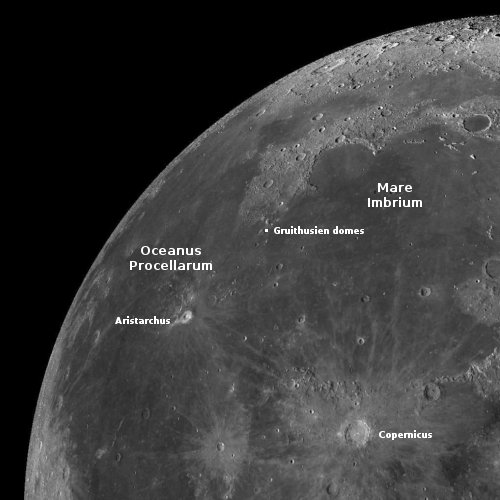Fantasyland: Turkey to establish its own spaceport
If you believe this I have a bridge I can sell you cheap: According to Turkey’s state-run press, the Turkish Space Agency is now researching locations for its own spaceport, either in Turkey or in some other nearby nation such as Somalia.
According to information provided by relevant government agencies, efforts are ongoing to select a suitable location for the facility. Discussions are underway with countries near the equator, including Somalia, to maximize launch efficiency.
…Once operational, the spaceport will support independent satellite launches, marking a major step in Türkiye’s ability to access space without relying on foreign platforms.
Recently Turkey launched its first home-built smallsat on a SpaceX Falcon 9 rocket. It seems its space agency now believes it can quickly whip up its own rocket and launch it from a quickly built spaceport, likely in another country.
This announcement is nothing but government blather published to puff up these government officials so that they can garner more funding and build bigger more palatial offices.
If you believe this I have a bridge I can sell you cheap: According to Turkey’s state-run press, the Turkish Space Agency is now researching locations for its own spaceport, either in Turkey or in some other nearby nation such as Somalia.
According to information provided by relevant government agencies, efforts are ongoing to select a suitable location for the facility. Discussions are underway with countries near the equator, including Somalia, to maximize launch efficiency.
…Once operational, the spaceport will support independent satellite launches, marking a major step in Türkiye’s ability to access space without relying on foreign platforms.
Recently Turkey launched its first home-built smallsat on a SpaceX Falcon 9 rocket. It seems its space agency now believes it can quickly whip up its own rocket and launch it from a quickly built spaceport, likely in another country.
This announcement is nothing but government blather published to puff up these government officials so that they can garner more funding and build bigger more palatial offices.










